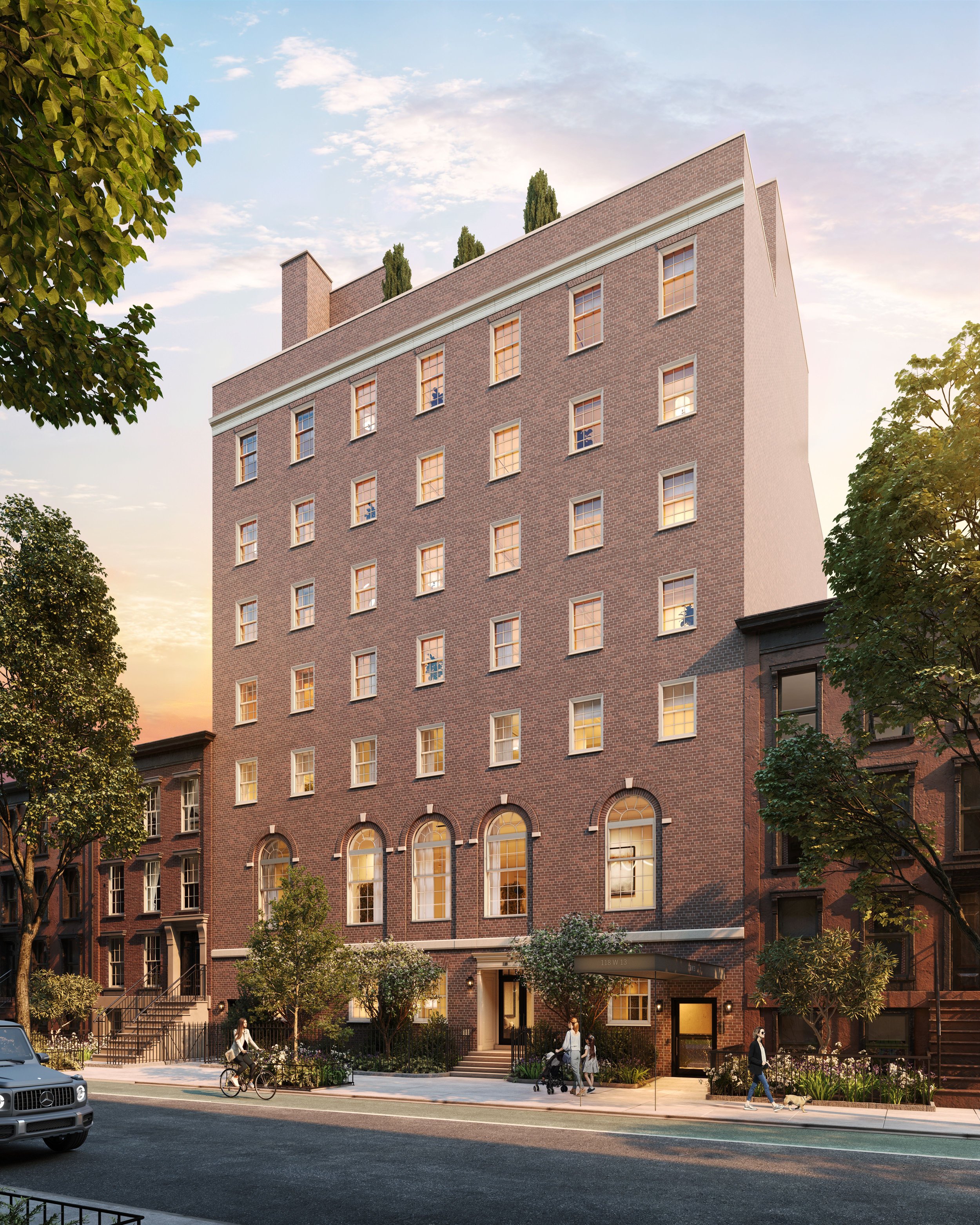For Better Or Worse, The Definition Of The New York City Commute
The rage of the global pandemic is pressing on. Although government officials, as well as the Average Joe and Jane’s of America, had been choosing to hold onto their optimism, recent news is proving that the coronavirus won’t be bowing out on anybody’s timetable but its own. But of course, in order to do so, Americans have to continue honoring social distancing efforts, and wearing masks or facial coverings. During an end of June press conference, our own Governor Andrew Cuomo called on President Trump to sign an executive order requiring Americans to wear masks. But in a place like New York City, the epicenter of COVID-19 madness, we may find ourselves doing more to safeguard our health. That “more” could translate into cutting down on our usage of the MTA Transit System, if not avoiding it altogether.
Can New Yorkers break up with the New York City Transit? Anything’s possible. But it won’t be easy. NYC & Company (which according to their website is the “official destination marketing organization and convention and visitors bureau for the five boroughs of NYC”), tells its readers that subways are the easiest way to get around the city and to hop on a public bus for the scenery. However, some New Yorkers are doing their best to avoid subways and buses. Queens based real estate agent Leah Niyazov is one of them, “I basically avoid the MTA and will either take an Uber, or my dad will drive me around.” With numerous clients and deals in motion across Manhattan, as well as Brooklyn, she’s operating her business from a safety first perspective. For Laura Szarvas, an Operations Coordinator at an international retailer who recently moved from Bushwick to Hoboken, the coronavirus has completely changed her commuting habits. Habits which are now pretty nonexistent. Having worked from home since the quarantine, she no longer heads into her Manhattan based office. “This is unbelievable for me. I used to take public transportation on a daily basis.”
The actual numbers are astonishing. According to data posted on the MTA’s website, which is updated continuously, overall ridership has fallen dramatically in comparison to last year’s numbers. On Monday (July 7th, 2020), the MTA saw an over 80% drop in subway usage, a 52% drop in bus usage, and just over a 19% drop in ridership across the bridges and tunnels. It’s obvious that these numbers are a greater reflection of the many New Yorkers who are either working from home, or out of work altogether. However, as NYC continues its phase of reopenings and the threat of COVID-19 exposure continues to be a reality, we can’t help but consider the possibility that New Yorkers who are making a conscious effort to avoid the MTA are also figuring into the equation. The human congestion transit bus fleets and subway platforms commonly afforded to city dwellers may no longer be a price they’re willing to pay. “I do not commute via public transport, unless I have no other options.” Leah stated.
And then there’s Citi Bike. New York’s bike share system and the largest in the nation, according to their website; their blue bodied products and docking stations seemingly around every corner you turn. Although their presence has extended to the outer boroughs, there’s an obvious gap in presence for those that do not live on the isle of Manhattan. It’s clear that for many New Yorkers, there is no other option. People across the city will have to continue relying on the subway and bus systems in order to get around, especially those travelling between boroughs. And the MTA knows this. When reached for comment, they referenced transcripts available on their website and provided several links to various press releases. Overall, the corporation seems focused on sanitizing efforts and building out an infrastructure to support that, as well as social distancing. They’re deploying new vending machines that will dispense things like hand sanitizer and reusable face masks, 9,000 new digital screens serving to alert riders at street level when stations become crowded, due to service changes or delays so they have the choice ahead of time not to enter a station and enlisting the help of Dr. David Brenner from Columbia University for their new disinfecting ultraviolet light technology.
Although the MTA’s upped safety measures, confidence amongst their ridership is going to be very hard to maintain. When asked about how she felt taking the MTA , Laura said “I am totally uncomfortable and afraid of taking public transportation.” The fear isn’t really about touching dirty subway poles, it’s about the other people. Those select transit riders that operate as if there’s no pandemic abound. Both ladies expressed their concerns over commuters they’ve witnessed who were without face masks and within incredibly close proximity to one another. “Although there are social distancing rules in place, it doesn’t feel like everyone is following them.” said Leah.
Regardless of how commuters may feel about their “other half” in the straphanging sense, this relationship won’t be coming to an end. It may never fully rebound, as those New Yorkers who can work from home or are affluent enough to afford a car service might continue doing so; but, for the most part, the MTA can count on the loyalty of New Yorkers. Laura’s statement affirms this, “Basically, people will be on the train but scared or uncomfortable and we have to deal with it.”
Have a listing you think should be featured contact us or email at Jeremy@offthemrkt.com to tell us more! Follow Off The MRKT on Twitter and Instagram, and like us on Facebook.

















